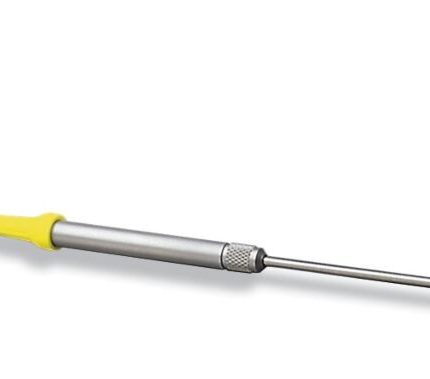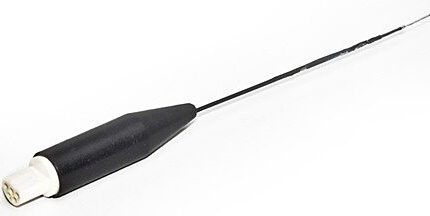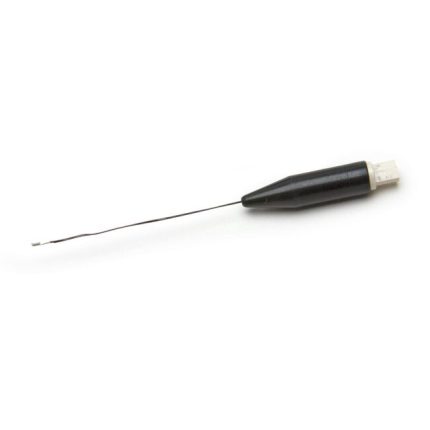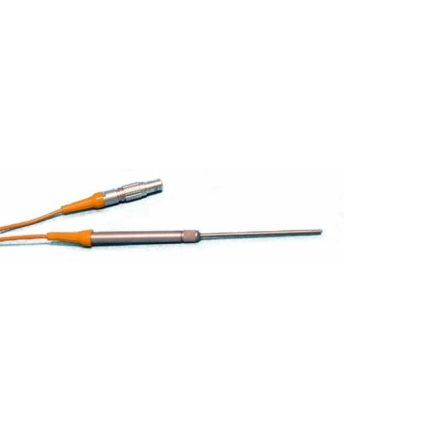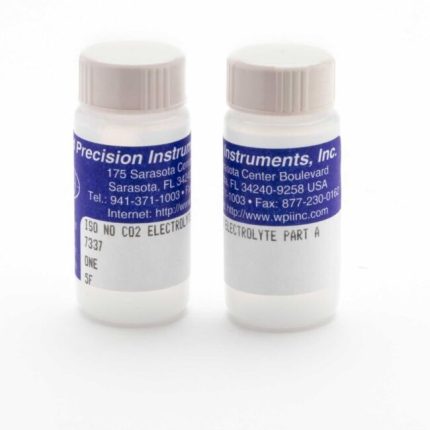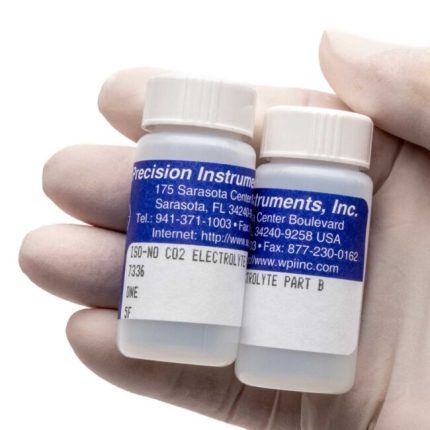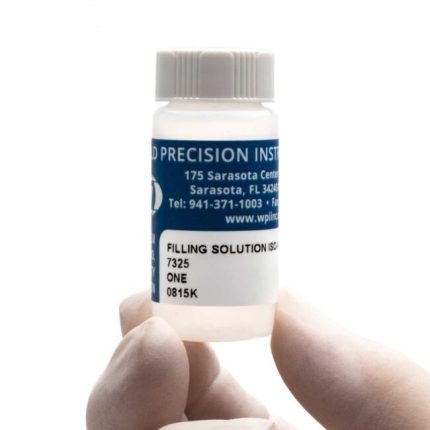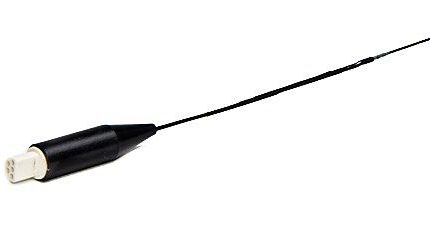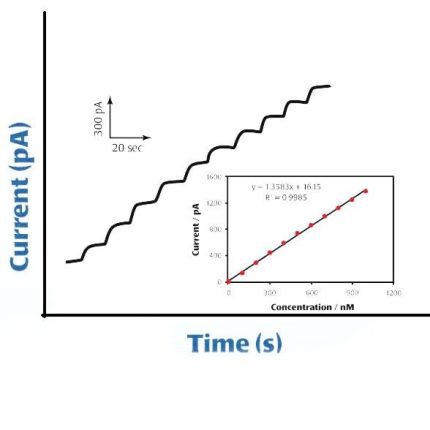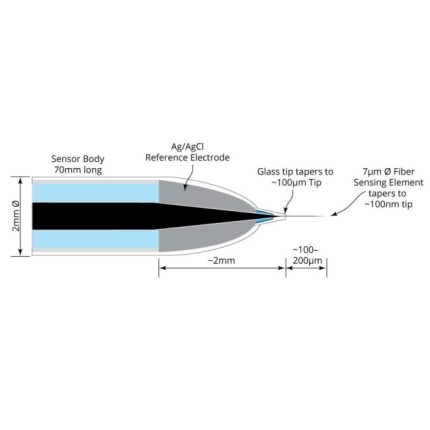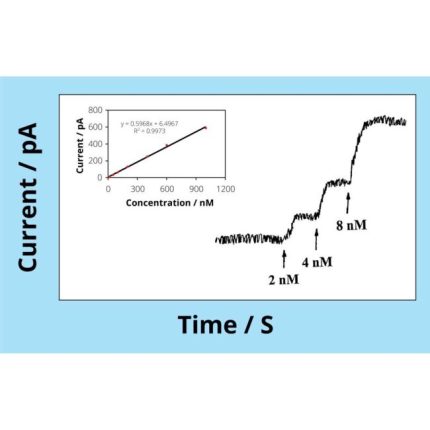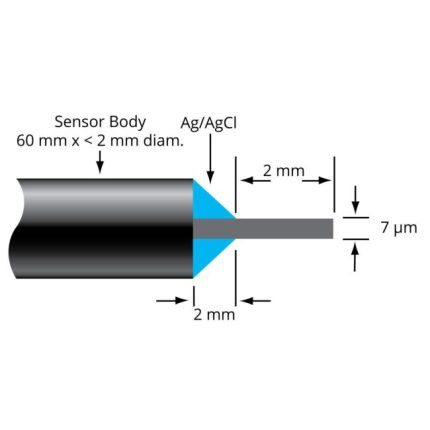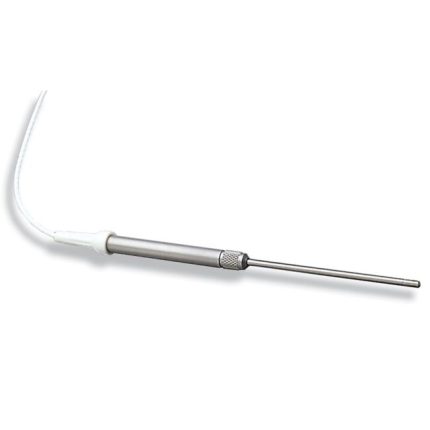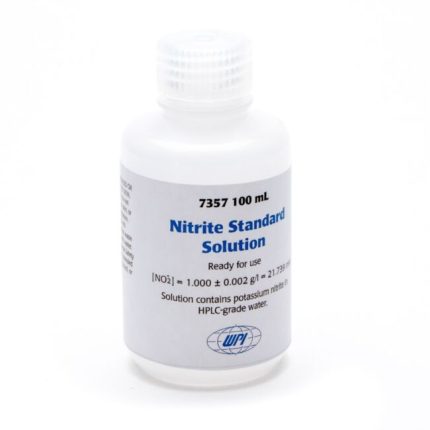Сatalog number:
ISO-HPO-2
HYDROGEN PEROXIDE MACRO SENSOR
Direct quantitative measurements of hydrogen peroxide in biological samples
Despite the recognized importance of this oxidant in biology, real-time measurements at low concentration have been difficult. The hydrogen peroxide sensors developed by WPI are designed to compliment existing high sensitivity fluorescent approaches with direct quantitative measurement in biological samples in the low nM range.HYDROGEN PEROXIDE MICROSENSORS
HYDROGEN SULFIDE SENSOR
About Hydrogen Sulfide
Although hydrogen sulfide is generally thought of in terms of a poisonous gas, it is endogenously produced in many mammalian tissues. It has been detected in micromolar amounts in blood and brain tissue. Hydrogen sulfide is reported as having a broad range of biological functions and although its potential to participate in cell signaling is clear, this biological role is not well understood. Hydrogen sulfide is strongly anagolous to nitric oxide because they share several physical and metabolic properties.
Сatalog number:
IGS100
IGS100 IMPLANTABLE GLUCOSE SENSOR
Measuring glucose in vivo over the long term is challenging and difficult. Previous measurement systems were limited to acute studies or a few days at best. WPI introduces a new kind of implantable glucose sensor based on a patented technology. This sensor provides a tool for researchers to directly detect glucose in chronic studies in vitro or in vivo. The sensor is fully compatible with WPI’s TBR systems.
Сatalog number:
ISO-COP-2
ISO-COP-2 CARBON MONOXIDE SENSOR – 2MM
Carbon monoxide (CO) is a versatile mediator of physiological processes. Carbon monoxide (CO) formed by internal mechanisms (endogenous) is measured in a variety of ways, but standard measurement methods are of limited utility in most biological systems. WPI's ingenious ISO-COP-2 CO sensor measures CO in vivo or in vitro in real time!
ISO-NOPF Flexible Nitric Oxide Sensor
Analyzers, Amplifiers, Instruments/Platform, Free Radical Analyzers, Biosensors, Nitric Oxide Sensors
ISO-NOPF electrodes are available in 100 µm, 200 µm and 500 µm diameters. Utilizing the latest advances in nano-technology and material science, scientists at WPI’s Sensor Laboratory have created these completely flexible and virtually unbreakable NO sensors. The new sensors are based on a composite graphite NO-sensing element combined with a reference electrode. The surface of the sens
Сatalog number:
ISO-NOPNM
ISO-NOPNM NITRIC OXIDE SENSOR – 100NM
The ISO-NOPNM is based on a novel design in which an electrochemically "activated" composite graphite nanofiber is used as the NO-sensing element. The surface of the Nanosensor is then modified using a unique multi-layered NO-selective membrane. Figure at right illustrates the response of the ISO-NOPNM following successive additions of nanomolar concentrations of NO. The ultra-low noise of the ISO-NOPNM (0.5 pA) enables a detection limit of just 0.5 nM NO. The response time of ISO-NOPNM is less than 3 seconds.
Micro Nitric Oxide Sensors
The ISO-NOP007 has a tip diameter of just 7 microns and a length of 2mm. The response is linear over a wide dynamic concentration range of NO. The design is based on a single carbon fiber coated with WPI's NO-selective membrane. A detection limit of approximately 1 nM NO makes this electrode ideal for use in tissues and microvessels.
Сatalog number:
ISO-NOP

